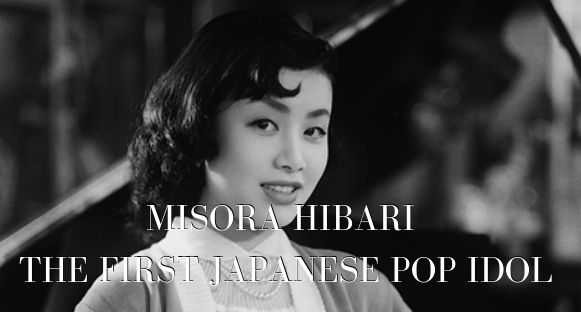
Misora Hibari is the first modern Japanese idol. In her day, she was as big as Elvis, Frank Sinatra, and Shirley Temple. She rivaled AKB48 in popularity. Misora Hibari became a symbol of pre-WWII Japanese values and the changes Japan went through during the Occupation years. Teen girl characters in films and media became a representation of both the hope and anxiety people felt during the 1940s-1960s (Shamoon, 2009).
Hibari’s career divided into three stages. During her late career, she embodied post-war forbearance, and critics of her thought she was “an uneasy reminder of a gloomy past better left behind [and] the queasy schmaltz of an outdated culture (Atkins, 2017).” She focused on singing a genre of music that reminded people of their sacrifices of WWII. In fact, she died 6 months (in 1989) after Emperor Hirohito at the age of 52. Her death marked the symbolic end of the Showa period.
Over the course of her career, Hibari recorded 1200 songs and appeared in 150 films.
Hibari’s Early Career
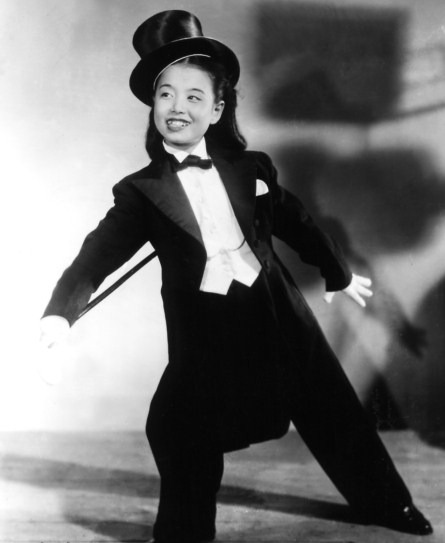
Hibari didn’t begin as the symbol of Japan before WWII. She began her career as a child sex symbol. She first performed at Yokohama concert hall at 8 years old. She imitated the popular adult singer Kasagi Shizuko. Shizuko sang American-style boogie-woogie. Her act was sensuous and erotic for the time. And the prepubescent Hibari imitated all of the act.
For those of us who are familiar with today’s Japanese media, this doesn’t surprise us. After all, we often see prepubescent girls in anime. But Hibari’s start speaks to Japan’s identity at the time. Japan wrestled with kasutori culture. Nihilism, desperation, and debauchery marked the culture. The word refers to the bootleg booze that helped the creative work of the time. Striptease acts flourished along with “literature of the flesh” nikutai bungaku. Nikutai bungaku focused on physical (usually sexual) experiences instead of the intellect. During this time, the Japanese government encouraged teens to become prostitutes in an effort to keep American soldiers from raping and assaulting women (Shamoon, 2009).
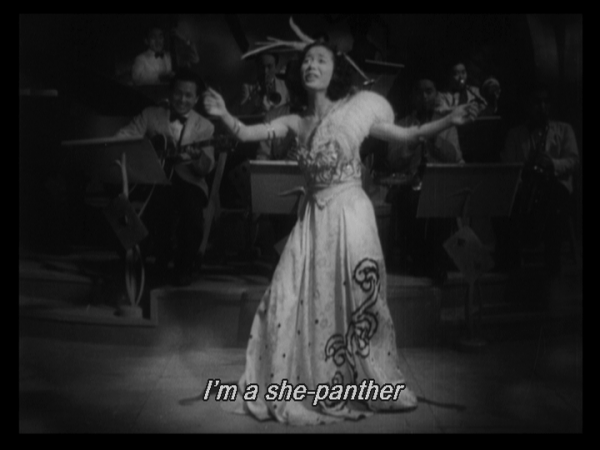
This backdrop allowed Hibari to become famous. Her boogie-woogie act linked prostitution with American culture and jazz and young girls. In 1947, she performed “In the Flow of the Stars” dressed as a panpan girl. She wear a ragged dress, neckerchief, handbag, and a cigarette she pretended to smoke. The song included a line taken from the letter of a 21-year-old panpan girl: “Who made me such a woman?”
Her acts touched on the worries that Japan’s morals were declining with the Occupation. Sato Hachiro wrote an article in 1950 called “Boogie-Woogie Children” where he attacked Hibari and her parents and managers for encouraging her to act sexually. Sato was a girls’ magazine writer. The magazines promoted a pure, chaste image of girlhood. He and others worried about the sexual exploitation of girls during the Occupation.
Hibari’s early career resembled Shirley Temple’s career. Temple began impersonating female performers at 3 years old. When she switched to child roles, she always wore short dresses to show off her legs. Unlike Hibari’s acts, this never drew much public attention.
Hibari’s Teen Years
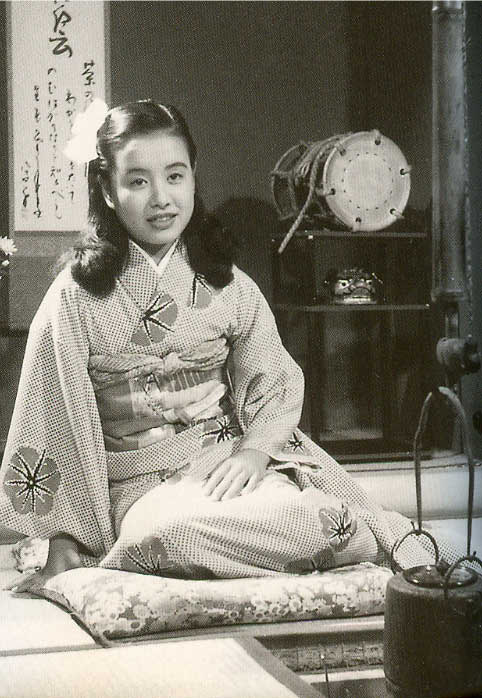
Although Hibari began her career as a sexualized little girl, she left kasutori culture behind when she became a teenager. Her first starring role in the film Sorrowful Whistle marked this change in persona. In the film, she played a war orphan who sings the movie’s namesake song in a tuxedo and a top hat. But instead of focusing on sexuality, this film emphasized her innocence. The scene bridged her previous imitations of risque acts with her future as an icon for innocent, chaste, and traditional teen girls (Shamoon, 2009).
Hibari’s new persona quickly became the normal image for teen girls in the 1950s and 1960s. Studios tried to replicate her popularity, eventually making the girl star a cornerstone of Japanese pop culture–what we today know as idol culture. During this time, studios often remade Hibari’s teen films with their latest idol in the lead role. The Izu Dancer, for example, was remade 5 times. The film linked obedience and submissiveness with teen girls. It proved so popular that it raised two more actresses to the status of icon: Yoshinaga Sayuri and Yamaguchi Momoe (Shamoon, 2009).
In 1959, critics changed their view of Hibari. They often described her as “the conventional, the traditional daughter of old Japan brought up-to-date. Though she likes to dance and sing and play with boys, she is never really frivolous: she really stances for reason, duty, obligation, and the most complete respectability” (Shamoon, 2009).
Hibari’s image as the ideal Japanese woman continued until her death. She became known as an enka artist. Enka is a genre of pop music associated with rural areas and the working class. It expresses the heart of Japan. Its songs are designed to evoke a feeling of traditional Japan without sounding like they came from early Japan (Shamoon, 2014).
Setting the Template
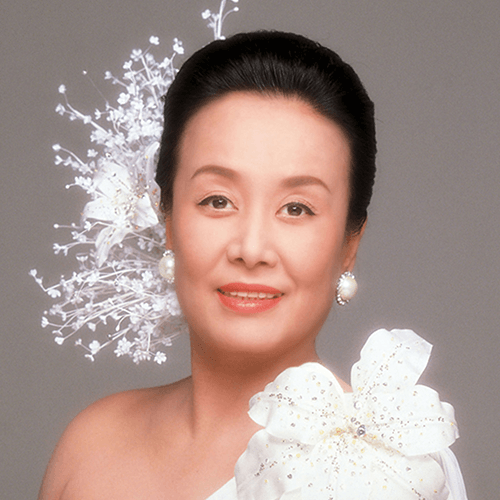
Hibari’s career set the template for early Japanese pop idols, and it sent the tone that continues today. Hibari represented a mix of traditional and modern Japan. Becoming an enka artist linked the image of the female performer with the national identity of Japanese culture. Today, we see pop idols regularly representing Japan abroad.
Studios used Hibari as the model for idols that followed. Yamaguchi Momoe followed the path exactly. She started as a sexualized child singer with her first hit “Green Fruit” appearing at 14. In the song, she sang about giving up her virginity (Shamoon, 2009):
If you wish
You can do anything you want to me
Even If I get called a bad girl
It’s okay if I get a bad reputation.
Magazines reported that she recorded the song while wearing her school sailor uniform. The contrast of the innocence of the school uniform against the sexual song stuck. Momoe created the fetish we continue to see in anime.
Just like Hibari, Momoe transformed into a pure virginal persona when she played in the move The Izu Dancer in 1974. She was 15. While she was the last popular girl move start to follow Hibari’s model, her career set the foundation for later idol culture.
Hibari and Momoe and Sayuri revealed the tendency of Japanese culture to fetishize and, at the same time, disavow the sexualization of child and teen performers. AKB48 continues the tradition. This is why today’s pop idols cannot date or otherwise ruin the fantasy fans have of them. The girls are supposed to be chaste, which allows them to remain “open” to the advances of fans. Any sort of actual sexuality leads to forced apologies and shame. It brings the uncomfortable links to the forefront and prevents people from disavowing the links they have in their minds.
Of course, many dislike how Japanese pop idols are chaste sex symbols and represent Japanese culture abroad. The glitzy entertainment creates unrealistic expectations. Hibari also struggled with this. She came to represent modern Japan and, later, the war generation. That’s a lot of pressure for a single person to bear, but people need symbols. They need to feel a connection to someone who appears larger than they are. For some idol fans, the girls represent a relationship ideal: a beautiful, successful girl who can take care of them. Hibari moved beyond this image, which also set a pattern many Japanese pop idols follow as they mature.
Although Hibari’s career template fell out of favor, she laid the foundation for today’s pop idol culture. Momoe cemented the associations of tradition, sexuality, school uniforms, and the like. Although there were other child and teen celebrities before Hibari and Momoe–such as various maiko–modern idol culture began with these two. If Hibari didn’t perform as she did as a child and as a teen, today’s Japanese pop idol culture would look quite different.
References
Atkins, E. Taylor (2017) A History of Popular Culture in Japan: From the Seventeenth Century to the Present. Bloomsbury Publishing.
Obituary. (1989, June 25). The New York Times (Early City Edition), p. 26.
Shamoon, D. (2009). Misora Hibari and the Girl Star in Postwar Japanese Cinema. Signs: Journal of Women in Culture & Society, 35(1), 131
Shamoon, D. (2014). Recreating traditional music in postwar Japan: a prehistory of enka. Japan Forum, 26(1), 113–138.


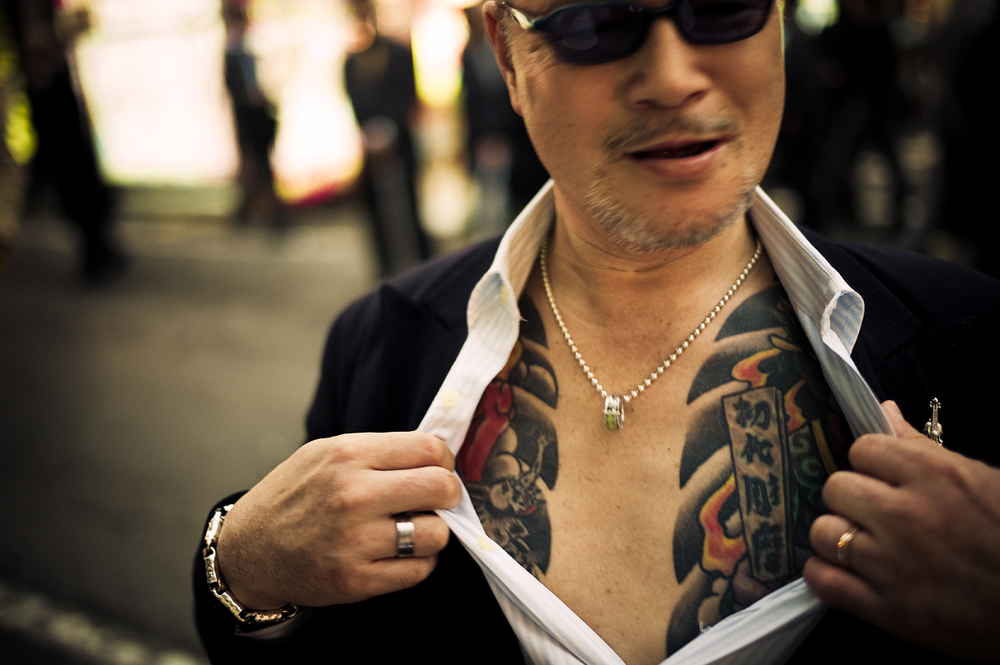

I had no idea who she was until I read this, very interesting.
I’m glad you enjoyed it.